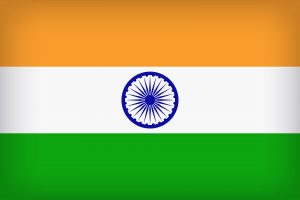Course Date
|
Venue
|
Course Fee/pax
|
| 5th April 2024 |
Singapore |
S$450 |
|
|
|
This course is designed for Operations, purchasing, inventory control and transportation managers who want to ensure high customer-service levels and reduce total cost of ownership. The participants will gain a deeper understanding of the role supply chains in a company’s overall business strategy. The course offers an opportunity to gain an awareness of the scope of supply chain and an understanding of the concepts of logistics, procurement and warehousing.
Compare supply chains, supply network and supply chain management
- Defining supply chains, supply networks and supply chain management
- The use of supplier tiering and network sourcing
Relationship between functional, business and corporate levels of strategy
- The relationship between the supply chain, business and corporate levels of strategy
- The impact of supply chain management on business and corporate performance
- The impact on profitability of the supply chain
- Supply chain risks and their impact on business and corporate performance
Contribution of strategic supply chain management to corporate and business strategy
- Creating sources of competitive advantage such as cost, improved quality, time to market, product and service differentiation
- Enterprise profit optimisation
- The use of outsourcing to achieve competitive advantage
- Offshoring and sourcing from low cost countries
- Quality improvement methodologies in the supply chain
Analyse the main approaches to developing networked supply chains
- Supply chain flows and the use of supply chain and value stream
- Tiering in supply chains and the use of network sourcing
- Identifying value added activities and the value chain in supply chain networks
- Network optimisation modelling
- The use of reverse logistics in supply chain networks
Role of distribution systems in supply chain management
- Channel design
- The impact of ecommerce on distribution networks
- Logistics flow path design
- Physical network configuration
- Challenges in transportation management
- Locations of distribution centres
- Positioning in local, regional and global chains
Achieving lean and agile supply chains
- Comparing lean and agile supply chains by variety and volume
- Implementing lean supply and lean thinking
- Matching supply with demand
- The impact of promotions and causal events on demand
- Improving demand planning accuracy and the use of statistical forecasting
- The use of technology to communicate data in supply chains
Analyse the main approaches to measuring supply chain performance
- Measuring processes and the use of key performance indicators (KPIs) in supply chain management
- Measure of organisational, functional, team and individual performance
- The use of surveys to obtain feedback
- Applying balanced scorecards in the supply chain
Cost reduction activities for a supply chain to achieve competitive advantage
- Supplier rationalisation and aggregation of requirements
- The risks and benefits associated with single sourcing arrangements
- Negotiating reductions in prices and costs
- Collaborative and competitive models of supply
- Value analysis and value engineering
window.dataLayer = window.dataLayer || []; function gtag(){dataLayer.push(arguments);} gtag(‘js’, new Date()); gtag(‘config’, ‘AW-949464386’);





